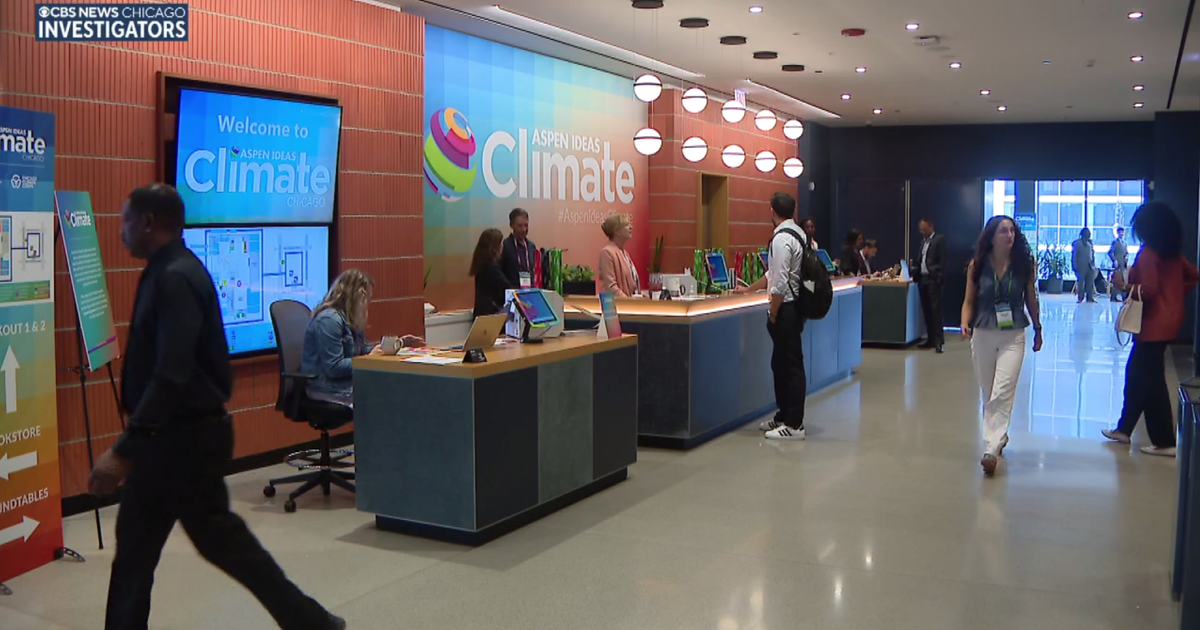Loretta Mickley first started thinking about smoke in the summer of 2002.
“I was on vacation in Western Massachusetts, and on that day, there was something kind of sparkly about the air,” Mickley recalled. “I’d never seen anything like it, and I said to my husband, ‘What’s going on?’ I’m an atmospheric chemist — I should know, right?”
The shimmering agent was soot, kicked up by a wildfire in Quebec and borne hundreds of miles down the eastern seaboard.
Twenty-three years later, smoke has become an almost-exclusive focus for Mickley, a senior research fellow at the John A. Paulson School of Engineering and Applied Sciences. But it took years for the work by Mickley and others to begin in earnest — and widen across disciplines — as the problem grew to fit a warming planet.
Though wildfires have raged as long as the planet has existed, their consequences were little understood — and even overlooked.
“For a long time, smoke was not considered very important,” Mickley said. “People thought of climate change as temperature and sea level rise, and that was it. They didn’t realize there could be this other consequence of climate change that could be terribly scary, terribly bad for human health — not just close to the fire, but many miles downwind.”
“For a long time, smoke was not considered very important.”
Loretta MickleyA wave of recent papers has changed that. Chemists parse the composition of wildfire smoke. Engineers design and fly new instruments into the plume. Medical researchers model its effects on public health and trace its course into human bloodstreams. And environmental scientists and coders estimate how much more fire we can expect as global temperatures rise.
With dozens of publications on smoke since 2015, Mickley is a key member of a research community that stretches around the world — to where the fires are burning.
“I look at agricultural fires in India and their smoke, which affect millions of people,” Mickley said. “I don’t go to these places, but we’ve done work in the Amazon, work in Australia … working with local people as much as possible.”
Their early findings suggest that wildfire smoke is broadly and especially toxic. Burning trees, soil, and vehicles can throw off heavy metals as well as volatile organic compounds, Mickley said, that “attach to and react with human cells.”
Smoke from fires that spread to buildings — like those that devastated Southern California earlier this year — can contain the perfluoroalkyl and polyfluoroalkyl substances, known as PFAS, that are linked to cancer and endocrine disruption, and that take decades to degrade.
What we are learning about the smoke is that most of its particle composition consists of the tiny particles known as PM2.5.
By definition, they are at most 2.5 microns in diameter — about 20 times smaller than a human hair.
That makes them uniquely dangerous to human health, said Nicholas Nassikas, assistant professor of medicine at Harvard Medical School.
“Pollen [being roughly four times larger] — that gets stuck in your nose,” said Nassikas, who is also a clinician specializing in pulmonology and asthmas at Beth Israel Deaconess Medical Center. By comparison, PM2.5 particles are “so tiny that they can get deep into the lungs, into your blood. It causes a cascade of inflammation, and it can wreak havoc on health.”
That cascade can weaken immune responses, and — in the case of smoke — cause a dizzying variety of adverse health effects.
It’s not just heart or lung health: Mickley’s Australia study found that after prolonged exposure to wildfire smoke, pregnant women were more likely to give birth prematurely, require intervention from neonatal intensive care, or lose pregnancies.
The symptoms of COVID-19 appear to worsen in the plume. NIH-funded research has established an early but uncertain link between wildfire smoke inhalation and dementia. Emergency hospitalizations tick up for a variety of maladies after days in dense smoke — especially for the elderly.
In another corner of the University, scholars are starting to investigate the health toll of smoke exposure along the burn line in Southern California.
Kari Nadeau — chair of the Department of Environmental Health at the T.H. Chan School of Public Health — and her lab are part of the LA Fire HEALTH Study consortium, seeking the mechanism of adverse health effects from smoke.
For a June paper, they studied the blood of 31 Californians — firefighters and civilians — who were exposed to smoke.
That blood was compared to that of a demographically matched, nonexposed group, at billions of genetic and biological sites, said Abhinav Kaushik, a co-author and research scientist at the T.H. Chan School of Public Health.
They found that California’s urban wildfire smoke — a complex mixture of heavy metals, PFAS, and organic compounds — wreaks havoc on the immune system. “Normally, immune cells are highly regulated, but after smoke exposure, some of those cells began to behave abnormally — to be hyperactivated,” Kaushik said.
“Normally, immune cells are highly regulated, but after smoke exposure, some of those cells began to behave abnormally — to be hyperactivated.”
Abhinav KaushikMeanwhile, other immune cells — loaded up with cadmium and mercury isotopes — simply died.
Heavy-metal poisoning was particularly evident in long-tenured firefighters, Kaushik said, “which may explain the chronic diseases firefighters experience [disproportionately], from cancer to asthma.”
Kaushik said smoke has surfaced as “a public-health emergency — no doubt about that.”
The next step for the LA Fire HEALTH Study, he added, is to expand its pool of blood samples in search of a reliable biomarker for smoke exposure at the individual level.
Even in its early stages, that work plays a crucial explanatory role to match the alarming epidemiological models.
In a June paper in Environmental Science & Technology, Mickley and co-authors at Harvard and in British Columbia estimate that in 2020 — a heavy fire year — smoke played a role in nearly 37,000 excess deaths.
The confidence interval, she notes, is wide: between 25 and 47,000.
“In my mind, the exact number is not so important, just so, just that we know it’s a big number,” Mickley said. “Our goal in giving these numbers is to highlight the sense of urgency and the possible human hazards that follow wildfire smoke, which in turn is caused by climate change.”
It stands to reason that the risks of wildfire, which thrives on drought, electrical storms, and high temperatures, might increase as the climate changes.
And indeed, in 2014, Mickley and lead author Xu Yue — then a postdoctoral student at SEAS — projected that California’s burn area would roughly double in size by midcentury under one warming scenario envisioned by the Intergovernmental Panel on Climate Change.
Under that model, what has been an “extreme fire year” in Southern California — with at least 25,000 acres burned — would become the rule rather than the exception. (Already this year the region has seen more than double that area lost to fire.)
In her road show at alumni clubs and convenings, Mickley advocates reasonable measures to take as individuals: wearing N95 masks on smoky days, adding HEPA filtration in the home.
Rather than the zero-tolerance fire management policy used for many years, she has advocated the use of controlled burns to prevent the apocalyptic blazes that can strike after a prolonged “fire deficit,” in which fuel can pile up.
But those are local adjustments, Mickley says, where the central driver of risk to health and safety is global: a changing climate already causing fire-related death, dislocation, and ill health on a new scale.
Wildfire is natural, Mickley notes. But, “We’re entering a new climate regime that is not — that is at least in large part due to the greenhouse gases we’re pumping into the atmosphere. And this is a recipe for disaster.”









 English (US) ·
English (US) ·